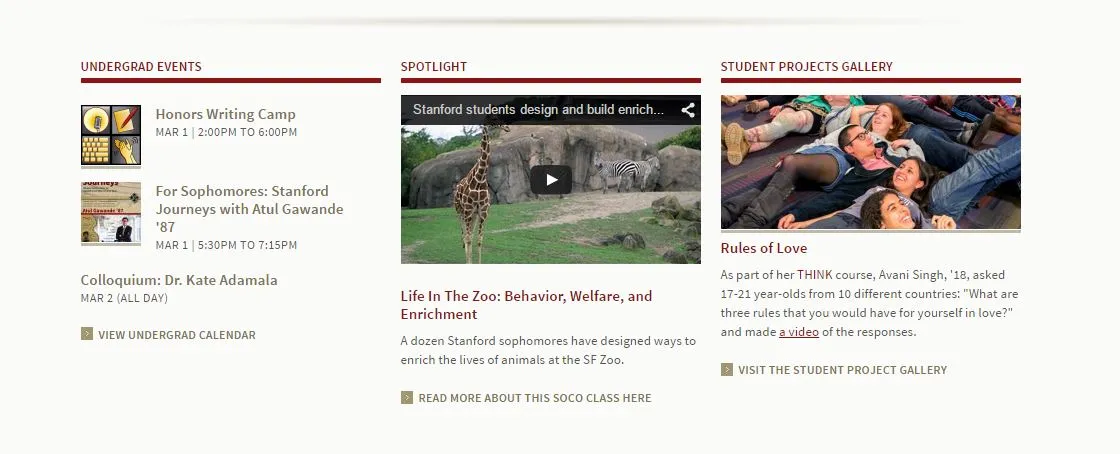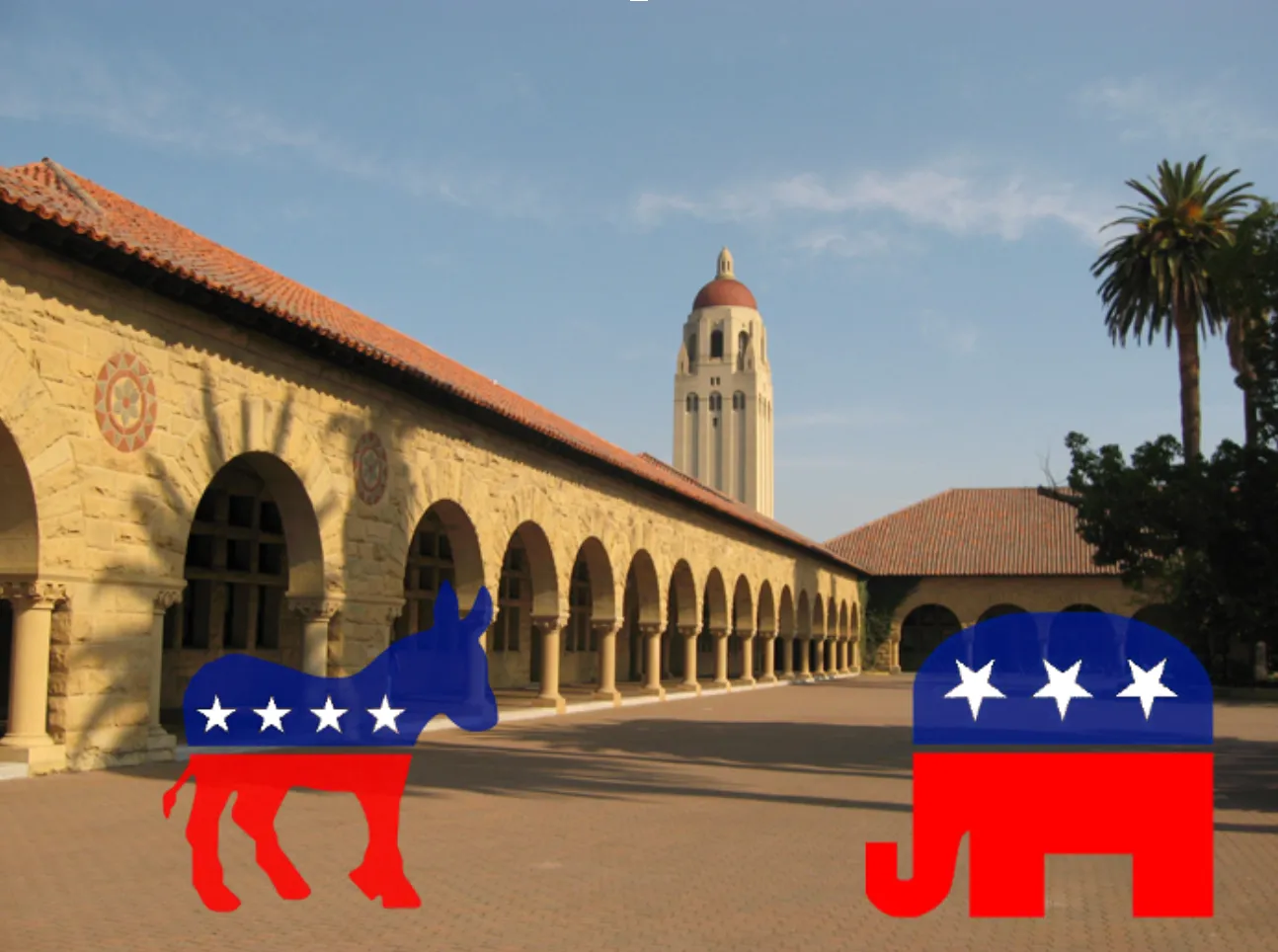Table of Contents
This is a continuation of my series “The Other Senate” about the reports and goings-on of the Faculty Senate. Search “the other senate” to find the other articles.
Stanford’s undergraduate education program is undisputedly one of the best in the nation: Stanford is consistently ranked as a top school for undergraduates in all fields in a wide variety of ranking systems. However, this elite status did not result from stagnation. In order to offer courses of study (and an education in general) that is relevant, Stanford must continually evaluate itself, fixing any problems that have arisen and adding new programs when necessary.
At the October 22nd Faculty Senate meeting, the Vice Provost for Undergraduate Education John Bravman announced that Stanford was commencing a Study of Undergraduate Education at Stanford, or SUES (note: that’s the official acronym from the Faculty Senate minutes, not a creation of mine). Interestingly, this is only the third such study, the first being in 1968 and the second in 1994. In a world where things seem to be changing faster than ever, it only makes sense that Stanford reevaluate its education priorities more often.
The focus of SUES is “what will comprise a liberal education in 2015?” A particular emphasis is on the requirements that the university should have for students and what deadlines it should have for their completion. In particular, there is currently a heavy demand on time in the freshman year. Speaking to the Daily about the project, Bravman said:
In particular, our freshman year is too packed, it’s over-prescribed…We preach practically a gospel of ‘explore, explore, explore,’ but then we pack that curriculum, and so it’s very hard to do that.
It’s true. Even if you aren’t in SLE with its 9 units/quarter minimum, IHUM consumes a minimum 4 units per quarter and PWR another 4 units one quarter (not to mention freshman-preference introsems), meaning that many freshman only take 1 or 2 other classes each quarter, as they are still adapting to life at Stanford. This doesn’t always let freshmen try out a lot of different topics to really figure out what they might want to do. Instead, it rewards students who, early on, are able to focus on a single major of interest. But how can we solve this? Do we really want to split IHUM across multiple years? Should IHUM be replaced with a required set of philosophy/literature seminars that span freshman and sophomore years? These questions will certainly be some of the many with which SUES will grapple.
A few interesting quotes also came out of the debate. One particular gem is the following from Vice Provost Bravman:
When I was at school in the ‘70s, there was nothing scheduled at night other than movies and parties.
Of course, he goes on to discuss the multitude of academic and group activities that have replaced (or at least complemented) the aforementioned activities, but I found it amusing nonetheless.
Other issues that were brought up were the realignment of course credits (Bravman’s description of how students view the assignment of units is both true and funny, as he said “they think it’s nonsensical;” one man’s 12 units is another man’s 20), a good science class for non-majors, and a desire to make the Stanford curriculum and education more flexible and adaptive to changes.
What questions do you think that SUES should answer? What aspects of the Stanford undergraduate education most need revisiting?







